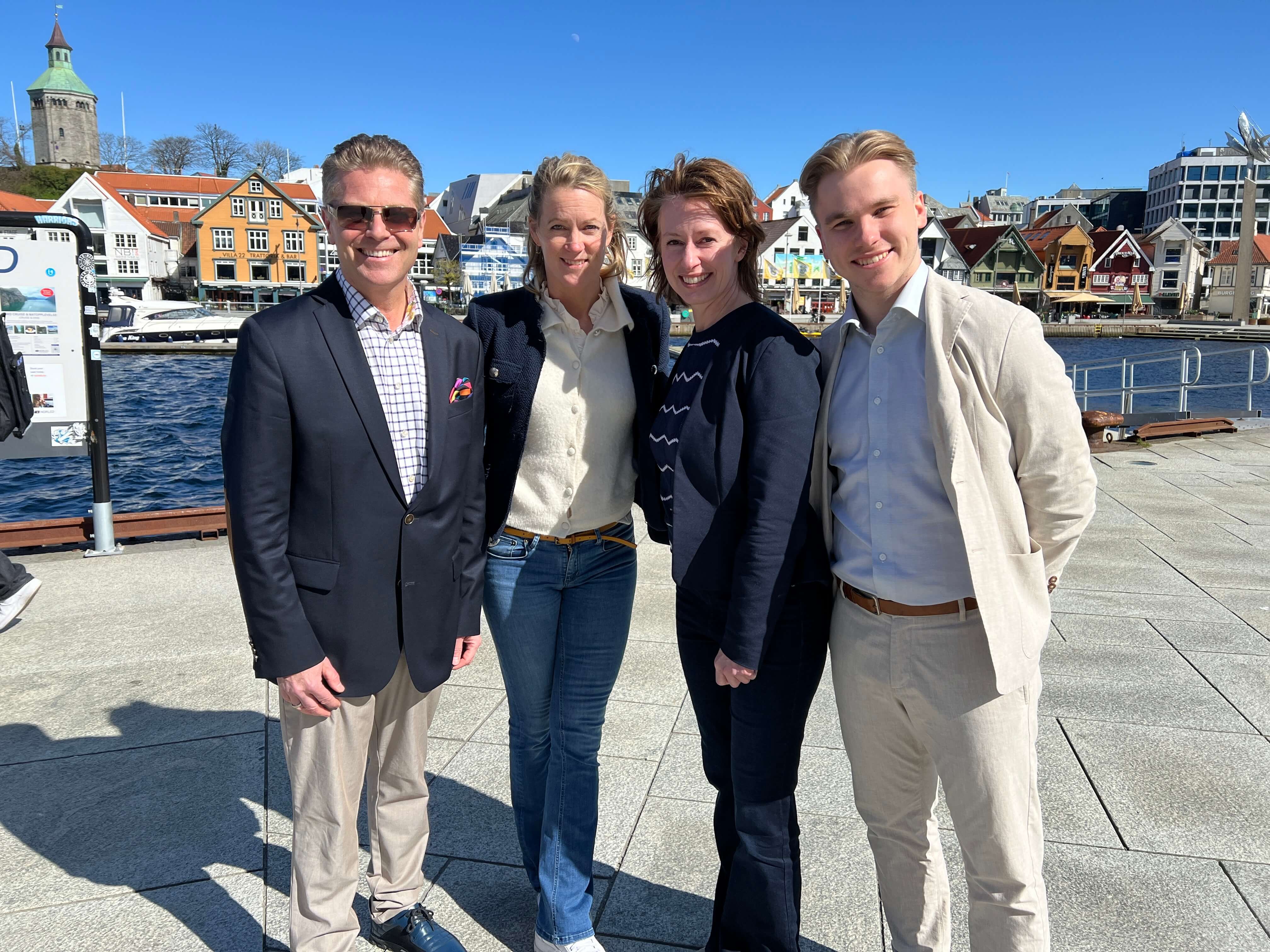News
Cracking the Carbon Credit Code: Insight at ONS
How do we create a scaleable market for carbon credits towards a net zero future? In the planning towards ONS 2024, the CCUS committee gathered to learn and share insight that will make up some of the extensive programme in August.

Tomas Thyblad from Nasdaq explains some of the work Nasdaq is doing towards a scalable carbon credit market.
Highlights:
- The Nordic region a potential driver for transparency and credibility in the carbon credit market
- Emphasis on partnerships for credible projects.
- The need for standards to decrease the resources and time spent on due diligence in an immature marketplace

As part of the run-up towards ONS 2024, the CCUS Committee gathered to plan and learn in Oslo. Representatives from companies such as Aker Carbon capture, Microsoft, Climeworks, Northern Lights and TotalEnergies make up the committee that provide valuable insight to the programme planning.
A Credible Market
One of the major topics that will undoubtably be a major part of many discussions will be the market dynamics around carbon credits, and how we can reach a standard and trust into the market to ensure scalability.
Sharing his insight to the committee was Thomas Thyblad from Nasdaq. He works toward creating a carbon market through different tools and instruments and emphasises the necessity of transparency and credibility in carbon markets, advocating for Nordic collaboration. He envisions a future where carbon credits become standardized commodities, facilitating scalability and financial innovation.
“We are not here yet when it comes to establish a market place, and we want to support the corporate in their work towards a net zero future on carbon removal credits,” says Thyblad.
The committee was hosted by Ole Henrik Ree and Microsoft, and he also contributed into the discussion with Microsoft's carbon negative goals, stressing due diligence in sourcing carbon credits and the importance of partnerships for credible projects. Microsoft aims to drive market transformation by supporting sustainable practices and integrating carbon credits into compliance schemes. To make this happen Ree also stressed the need for better standards.
“We would like nothing more than to approach the markets and buy CDRs. But we are not there yet, we need a lot of due diligence for every transaction”, says Ree.
To the committee the meeting places between the different parts of the value chain is crucial for scaling, and therefore an arena such as ONS could be defining in this work.
What is a carbon credit?
Carbon credits are a certificate representing a mitigation activity of a certain amount of carbon dioxide or other greenhouse gases. Each carbon credit represents one metric ton of carbon dioxide or an equivalent amount of other greenhouse gases. There are two basic types of credits; emission reduction credits (ERC) and Carbon Removal Credits (CDR).
Companies or individuals can purchase carbon credits to offset their emissions and achieve carbon neutrality, primarily with ERCs. Or they can neutralize its residual emissions and historical emissions by using CDRs to reach net-zero goals or even go net negative. The money from selling these credits funds projects that reduce or remove greenhouse gas emissions, such as renewable energy projects, reforestation efforts, or carbon capture technologies.
CCUS at ONS
ONS 202 will have several sessions on CCUS specifically, but also cross-over sessions with other energy topics, and with regards to society an energy security.
Access to the ONS Net Zero Markets venue with dedicated CCUS sessions is included in the ONS Exhibition ticket (500 NOK+VAT).
The ONS Conference is focused on the bigger trends, geopolitics, energy security and policy, and is a separate ticket. This was sold out in 2022, and gathers top names throughout the extended energy industry.
Curious about the CCUS Committee? Check them out here:


Equinor to partner up with ONS+
.png)
A place to stay?



